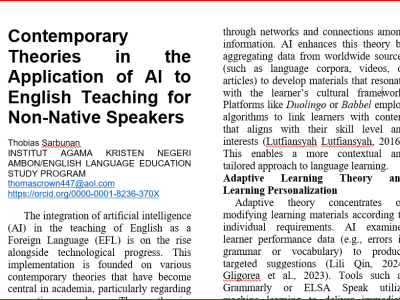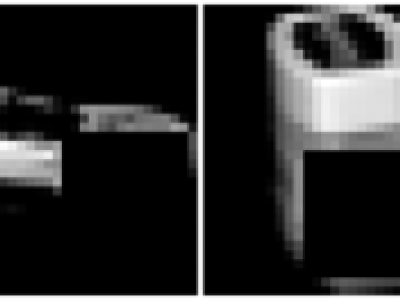
The integration of artificial intelligence (AI) in the teaching of English as a Foreign Language (EFL) is on the rise alongside technological progress. This implementation is founded on various contemporary theories that have become central in academia, particularly regarding non-native speakers. These theories encompass sociocultural approaches, connectivism, and adaptive learning, which work in conjunction with AI’s capacity to tailor learning experiences and enhance language engagement.
- Categories:




